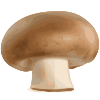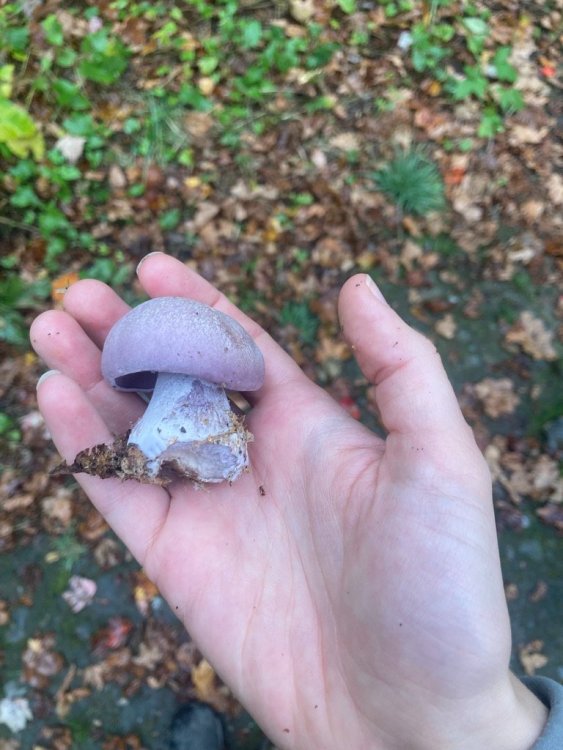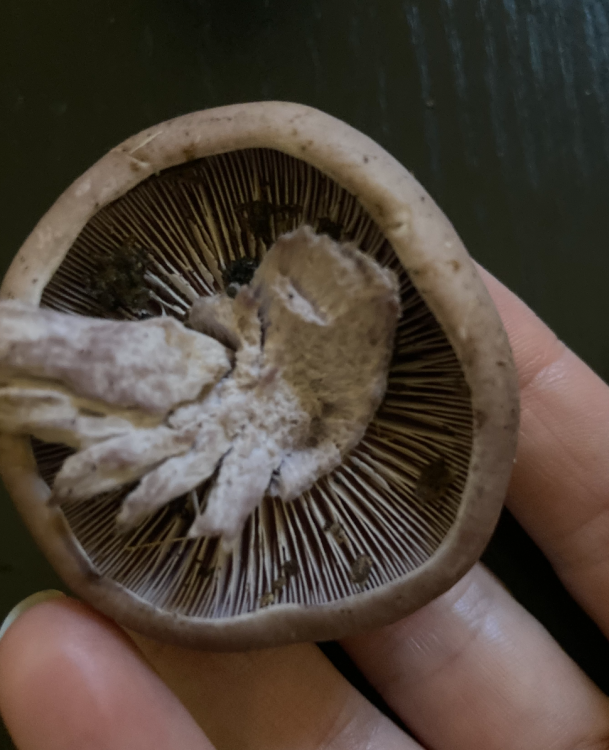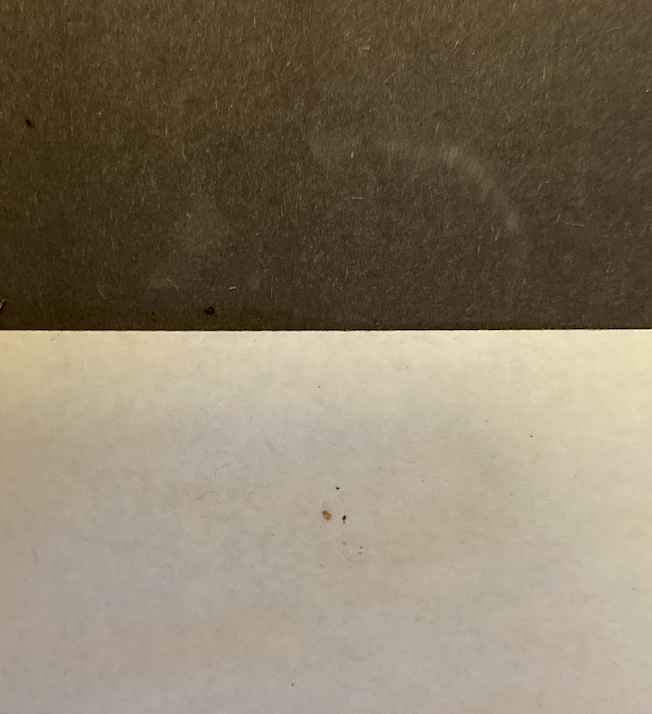

Qualifiers
Members-
Posts
23 -
Joined
-
Last visited
Profile Information
-
Location
Cambridge MA
Recent Profile Visitors
The recent visitors block is disabled and is not being shown to other users.
Qualifiers's Achievements

Agaricus Newbie (1/5)
-
Thanks guys, that was helpful. I have checked the characteristics Johny listed and determined it is lepista nuda.
-
Hello, this is the first time I've tried to positively identify wood blewits and I'm looking for a second opinion. Found in western MA growing on leaf litter in deciduous forest (beech and oak). The flesh and gills were very purple at first, but the color faded over time. Unfortunately the two I found did not produce a lot of spores, but in the best spore print I could get the spores were definitely light colored and looked white (see third pic). Oh, and they smell strange...it's hard to describe, but kind of like pollen?
-
Thanks, that makes sense. Knowing that the pores age yellow, I feel more confidant calling this X. affine. The flesh discoloring is strange. The flesh did not change color - the discolored areas were there when I cut it open - which makes me think this may be some kind of rot.
-
Great. Yes, now that I see the inside, that looks like a true chanterelle.
-
That third picture is setting off alarm bells for me, because the orange color of the gills reminds me of hygrophoropsis aurantiaca, false chanterelle. All the other photos look like true chanterelles, so I could easily be wrong. It's very hard for me to tell without seeing the flesh inside and the top of the cap. False chanterelles have orange tinged flesh, true chanterelles have completely white flesh. This video has really helped me differentiate:
-
Xerocomus rubellus makes sense to me. My other thought was boletus bicolor. Both would stain blue.
-
Found this bolete in Eastern MA about a week ago and kept it to identify. Cap texture is smooth and soft. Yellow pores staining brown. Using the bolete filter I got "spotted bolete" (Xanthoconium affine) but I'm not sure about that because most of the pictures I've found of spotted bolete have white pores, not yellow.
-
Unfortunately I think these are poisonous jack o lantern mushrooms, not chanterelles. Chants have ridges, like you said, and don't grow in clusters like this.
-

B. edulis?? Looking for help / confirmation
Qualifiers replied to Cam's topic in Identifying Mushrooms
I am not an expert, but I agree - boletus edulis. The pores did not stain - right? -
Thank you, that's what I thought - L. Hygrophoroides. Any other lactarius look alikes to watch out for? I have looked at L. Volemus, but I don't think that's correct because there is no fishy odor or brown staining. I'm pretty sure they're no jack-o-lantern mushrooms because the gills are white, not orange, and the mushrooms were not growing in a cluster but scattered over the ground. Also, these mushrooms exuded white latex, and the gills did not run down the stem. I am pretty familiar with jacks and these mushrooms did not look like jacks. Thanks again
-
The stipe meat was white. The gills did not latex stain within a few minutes. The injured parts of the gills did get a bit browner after a day, but I think this was a result of age and not staining.
-
I usually go by dark netting = bitter bolete light netting = king bolete, so my guess is this one's bitter, not king. But I'm not an expert. Does it have a bitter taste?
-
Is this the hygrophorus milky? Scattered on the ground in mixed woods near a pond. Eastern MA. Copious white latex with no taste. No real smell. No bulb or enlargement at the base of the stem. Caps wrinkled and bumpy on older drier specimens.
-

Clump of brown mushrooms with black stems growing on maple
Qualifiers replied to Qualifiers's topic in Identifying Mushrooms
Thanks, Dave. Upon closer inspection, I realized you're right - the gills are sticking together, not actually forking. -
Did you take a spore print?









